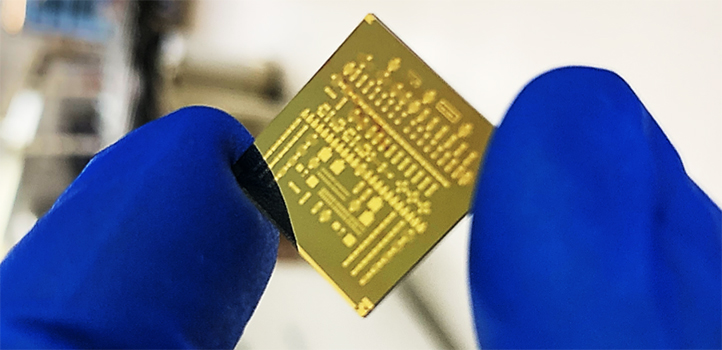
Material Science and Engineering
Hybrid transistor improves next-generation displays
A simple, cost-effective technique uses solution-based printing to make better ultrathin transistors.
Page 7 of 12

Material Science and Engineering
A simple, cost-effective technique uses solution-based printing to make better ultrathin transistors.
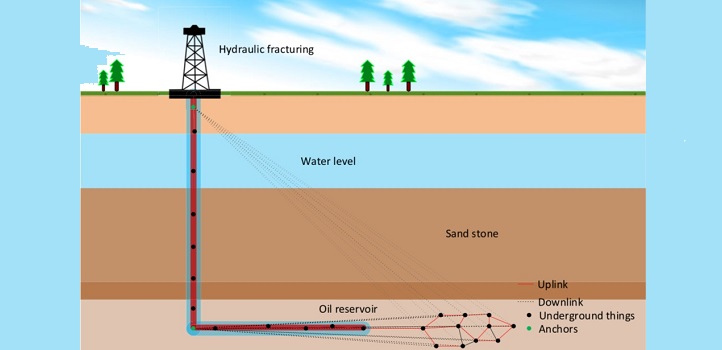
Electrical Engineering
Pinpoint mesh of smart underground objects could give real-time 3D readout of fossil fuel reserves.

Computer Science
For a communications revolution, 6G development needs more human-centric research.

Applied Physics
Extremely thin strips of phosphorus may help engineers to fabricate nanoscale transistors with atomically perfect structures.
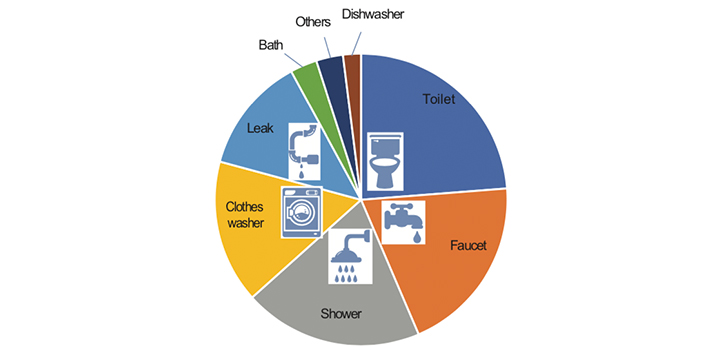
Environmental Science and Engineering
With about half the world’s population living close to the coast, using seawater to flush toilets could be possible with a salt-tolerant bacterium.

Earth Science and Engineering
Simulations reveal unexpected connections in the Red Sea basin that could help marine conservation.
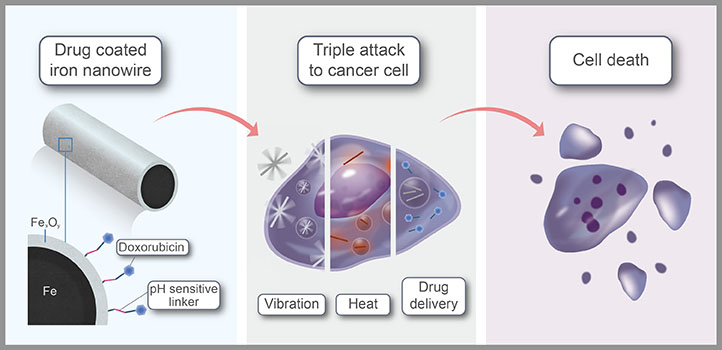
Electrical Engineering
Multifunctional iron nanowires selectively obliterate cancer cells with a triple-punch combination attack.
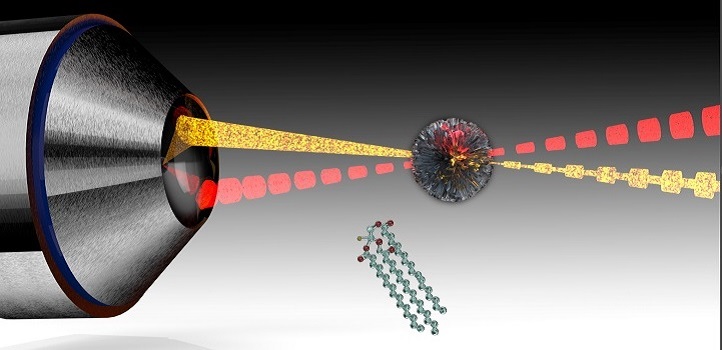
Bioscience
Laser-based microscopes can tune into multiple biomolecular signatures found in cancer cells.
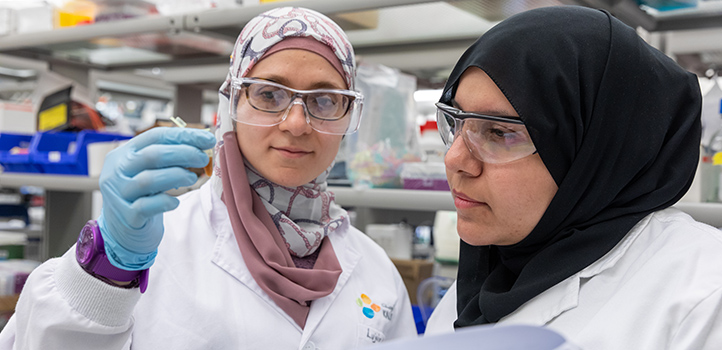
Computer Science
Prediction method could help personalize cancer treatments and reveal new drug targets.

Applied Mathematics and Computational Sciences
A better mathematical understanding of how big waves form could lead to better prediction of tsunami impacts.

Electrical Engineering
The finding that light can be twisted very precisely may offer fresh options for communications infrastructure.

Computer Science
The psychology of human creativity helps artificial intelligence imagine the unseen.
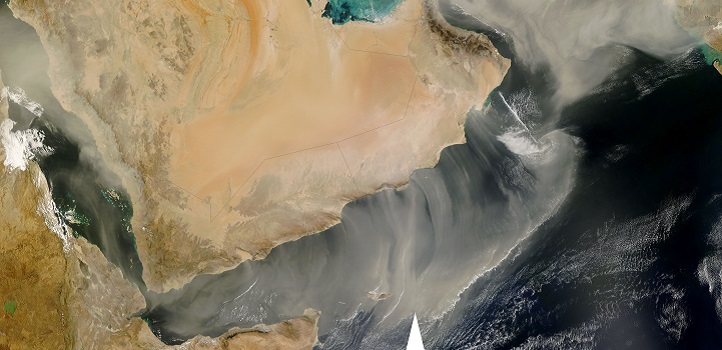
Earth Science and Engineering
Summer dust has been increasing over the Arabian Peninsula for the past decade with global implications.
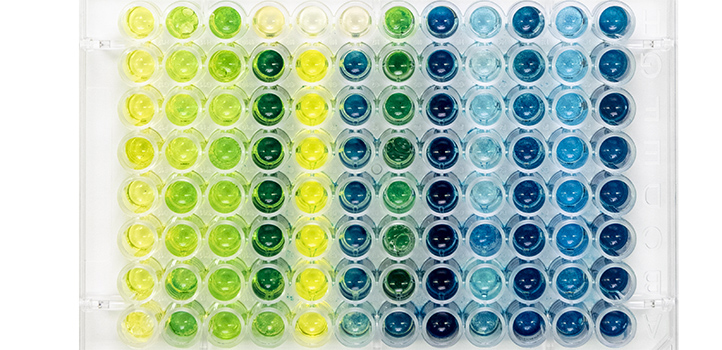
Environmental Science and Engineering
Ultraviolet light could thwart antimicrobial resistance by damaging DNA material in wastewater.
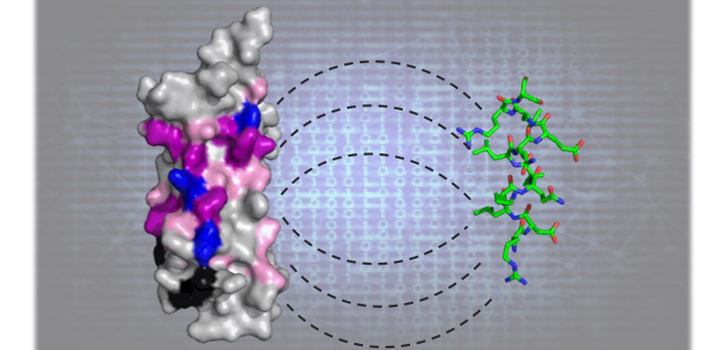
Bioscience
A machine learning method has identified highly elusive amino acid sequences involved in cell morphogenesis and adhesion and in diseases like cancer.

Material Science and Engineering
Sensors that are worn on the skin could soon be powered by our own body heat.

Chemistry
Materials that can slow the cooling of highly energetic hot carriers could capture extra energy from the Sun.
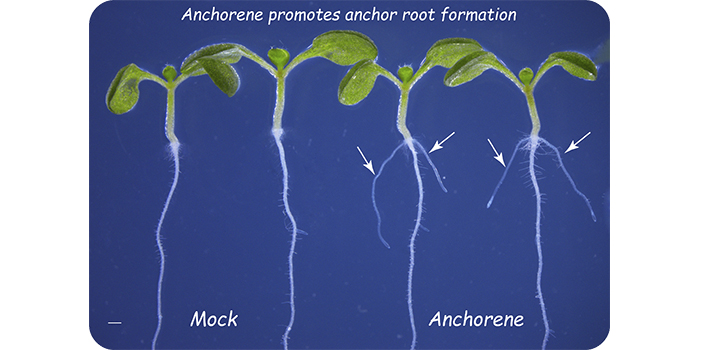
Plant Science
A newly discovered plant metabolite that promotes anchor root growth may prove valuable in helping crops grow in nutrient-deficient soils.
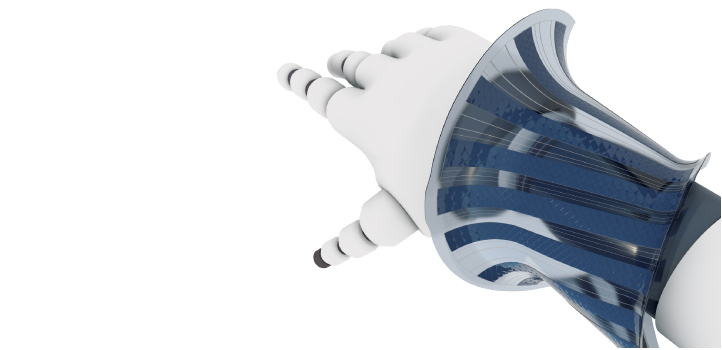
Electrical Engineering
Combining silicon with a highly elastic polymer backing produces solar cells that have record-breaking stretchability and high efficiency.

Electrical Engineering
Chaos could help put cyberhackers out of business with a patterned silicon chip that will be uncrackable even in the future.

Bioengineering
Medical diagnostic device extracts energy from sugars naturally present in the body to drive its glucose-sensing circuitry.
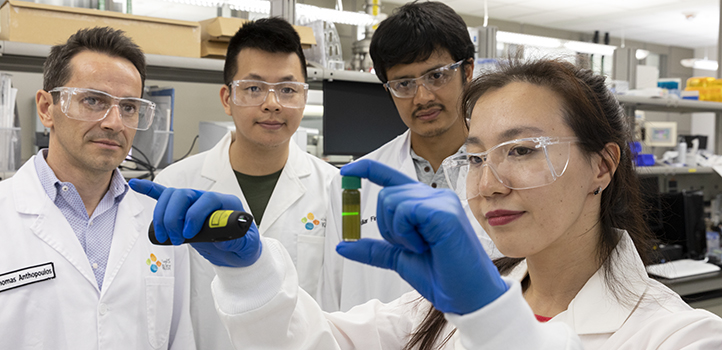
Material Science and Engineering
Tungsten disulfide helps to channel charge in flexible photovoltaics.
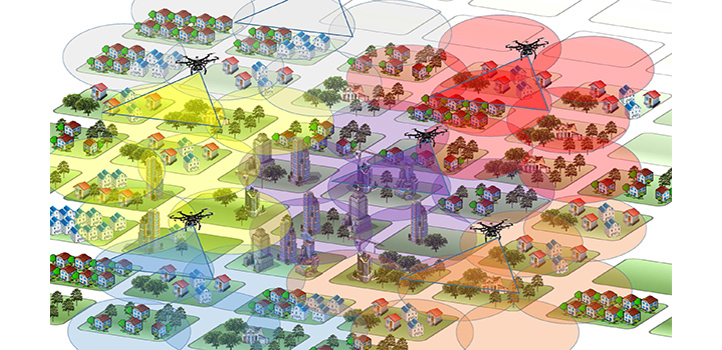
Electrical Engineering
Hovering airborne vehicles could connect smart sensors to the internet of things.

Mechanical Engineering
Studying the wake of reflected shockwaves reveals the cascade of chemical reactions involved in combustion processes.

Statistics
Better prediction of extreme winds at sparsely observed locations could help optimize the design of wind farms.

Plant Science
Identifying genes that confer resistance to leaf rust infections could help generate durably resistant cereal crops.
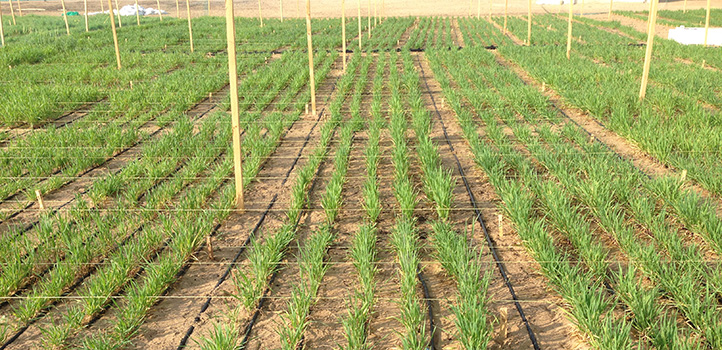
Plant Science
Factors influencing the tolerance of barley to saline soils have been uncovered using an advanced robust statistical technique.

Plant Science
Plant scientist Salim Al-Babili and his team are working across many fronts to save sub-Saharan African cereal crops from a menacing weed.
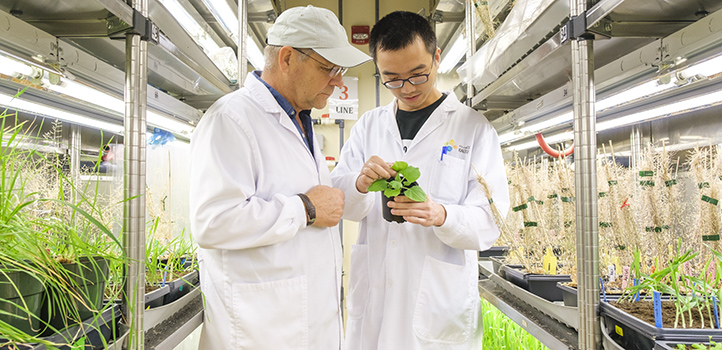
Plant Science
Discovery of signaling intermediary could lead to more pest-resistant crops.
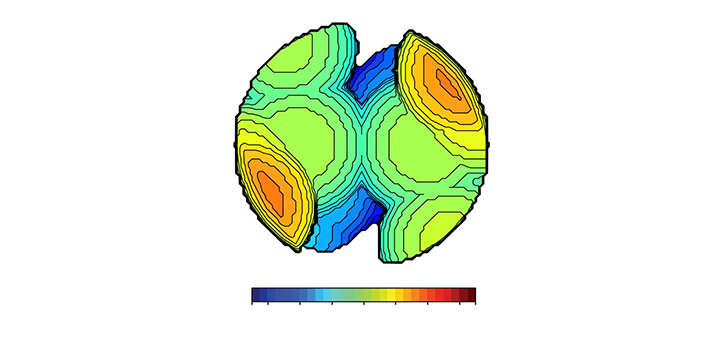
Chemistry
Mapping the three-dimensional structure of catalytic centers helps to design new and improved catalysts.

Computer Science
New methods for training machine learning models are quicker and more accurate than current approaches, previously considered state-of-the-art.
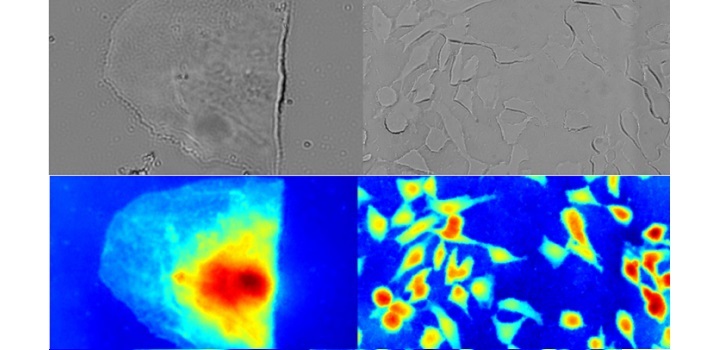
Computer Science
An innovative optical component and a reconstruction algorithm provide more detailed images.
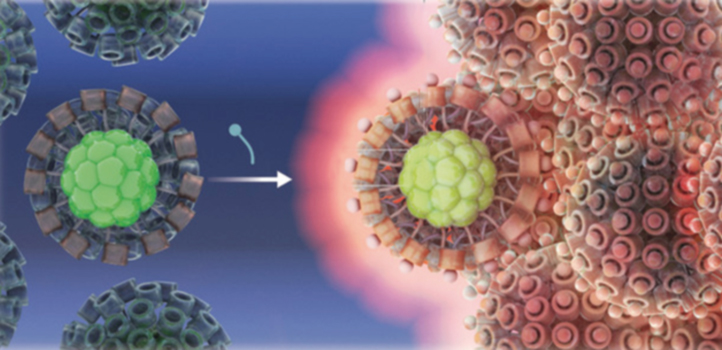
Chemistry
Large cylindrical ligands increase stability and enhance light emission of silver nanoclusters.
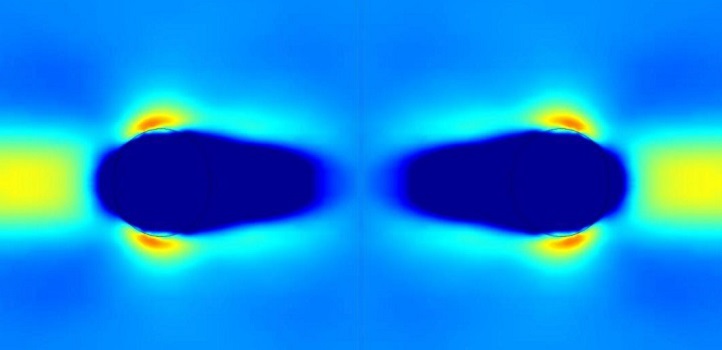
Mechanical Engineering
Ultrapure solvents prove there is more than meets the eye when oil and water mix.
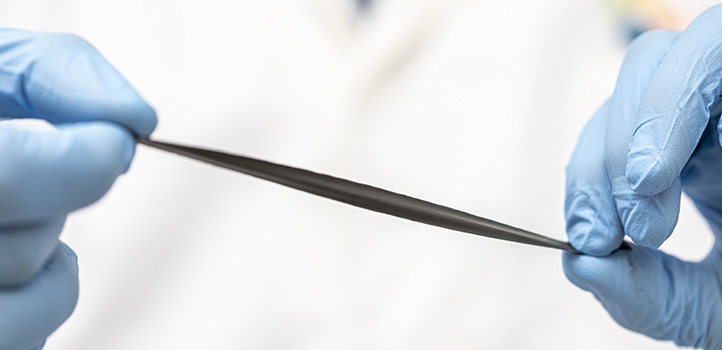
Electrical Engineering
A magnetic skin that is safe and comfortable to wear could open the door to a wide range of wireless, remotely controlled applications.
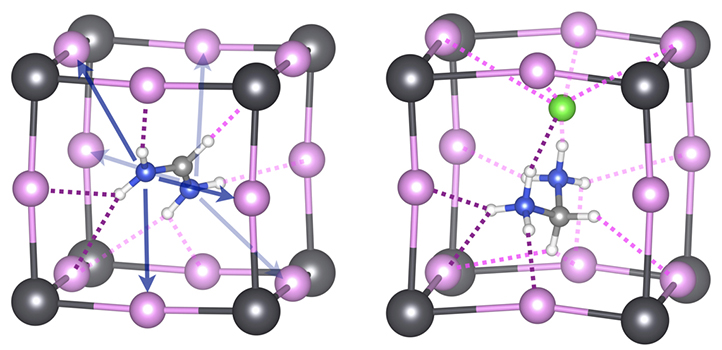
Applied Physics
Solar perovskite materials could be spiked with organic cation dopants to suppress decomposition and degradation.

Chemistry
Catalyst switch strategy is the key step in the production of a four-component crystalline tetrablock quarterpolymer.
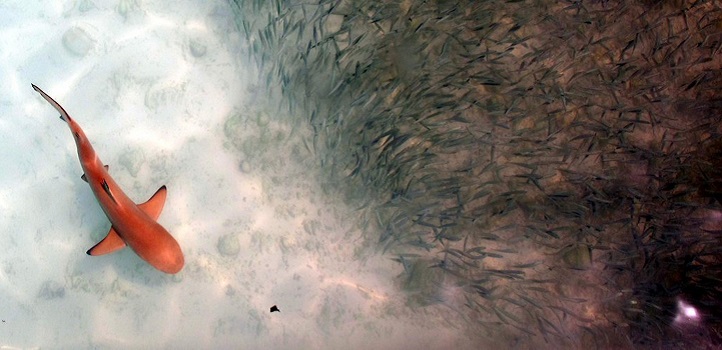
Marine Science
No evidence of infection found in the bacterial community around shark wounds.
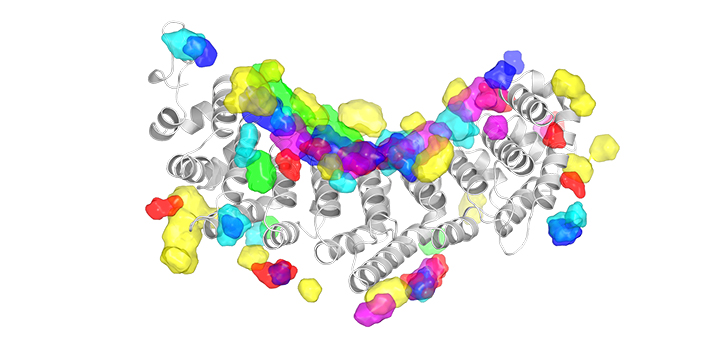
Computer Science
A deep learning tool could help in structure-based drug discovery.
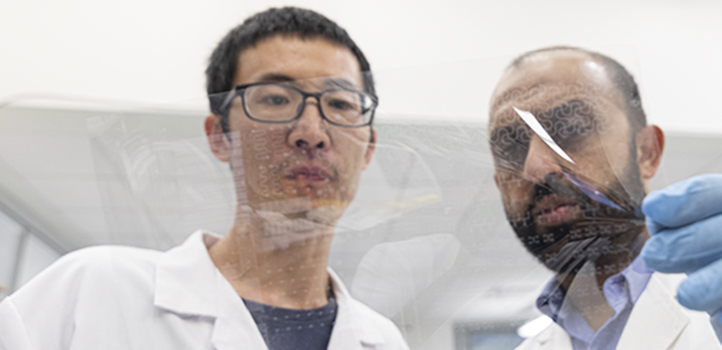
Electrical Engineering
Stretchy, see-through, silver nanowire sheet combines optical transparency with excellent electrical conductivity.
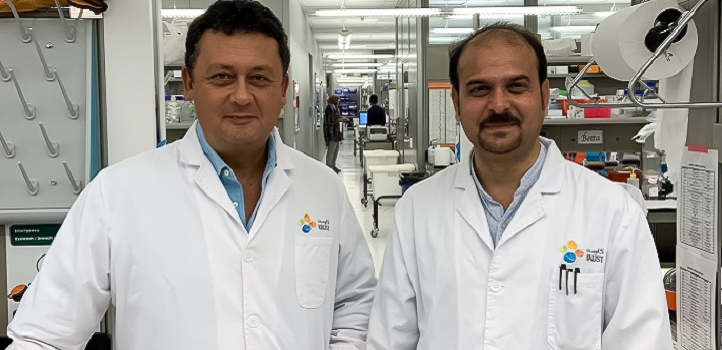
Bioscience
A protein, with a name reminiscent of legendary Greek sailors, has an unexpected role inside the human nucleus.

Statistics
Areas without earthquake monitoring systems could model the tremors by using data from local landslides.
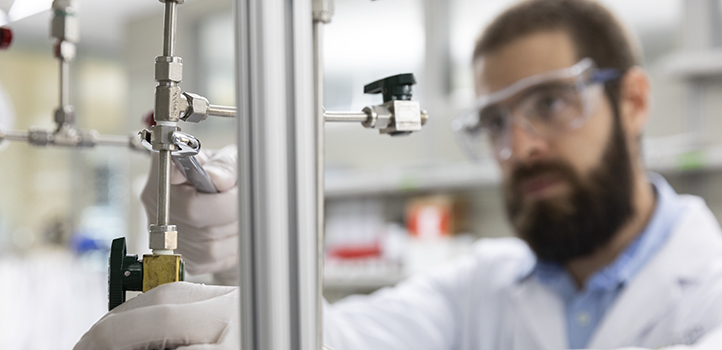
Environmental Science and Engineering
Discarded PET bottles could find a new life in the chemical industry.
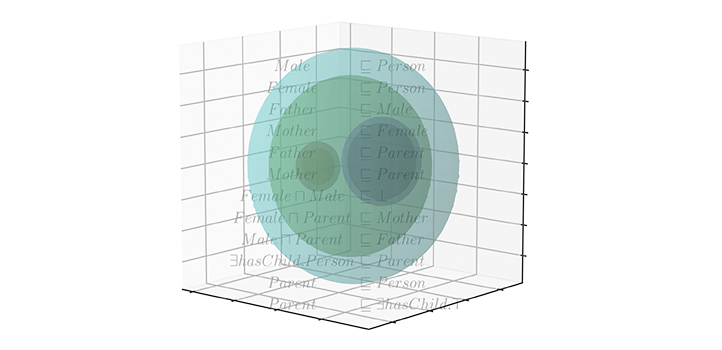
Computer Science
Bridging the knowledge gap in artificial intelligence requires an embedding function that helps step between different types of "thinking."

Computer Science
Deep analysis of the way information is shared among parallel computations increases efficiency to accelerate machine learning at scale.
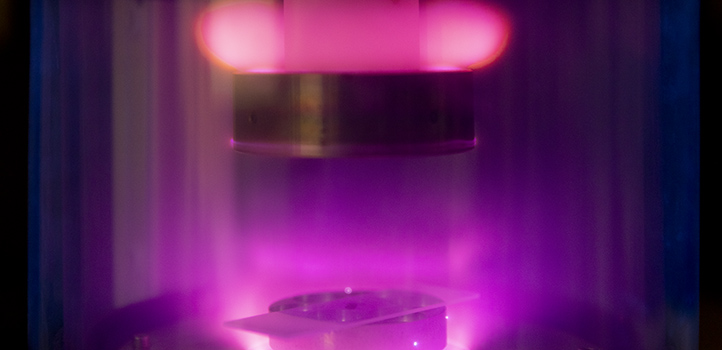
Bioscience
Protein-folded DNA nanostructures offer a new building material for biotechnology.
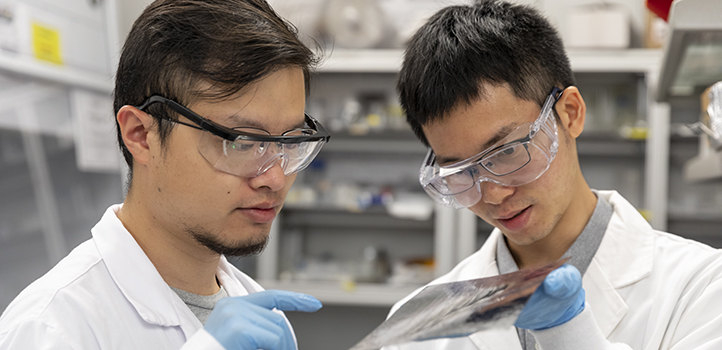
Electrical Engineering
An inexpensive passive cooling technology could be used to cool buildings in cities, reducing energy consumption.

Plant Science
The colonization of tomato plants with a beneficial desert root fungus protects against effects of salt stress.
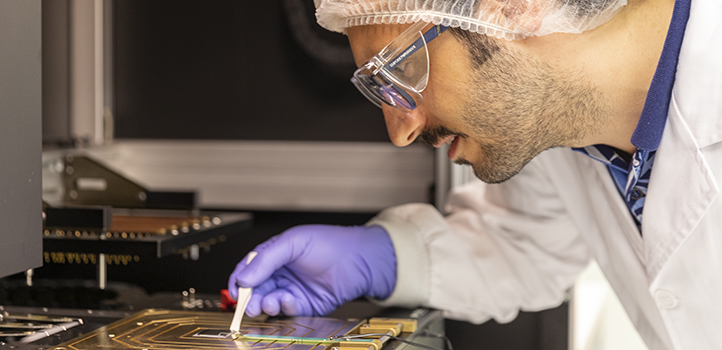
Material Science and Engineering
Zirconium-doped transparent electrodes boost the power conversion efficiency of perovskite-based tandem solar cells.
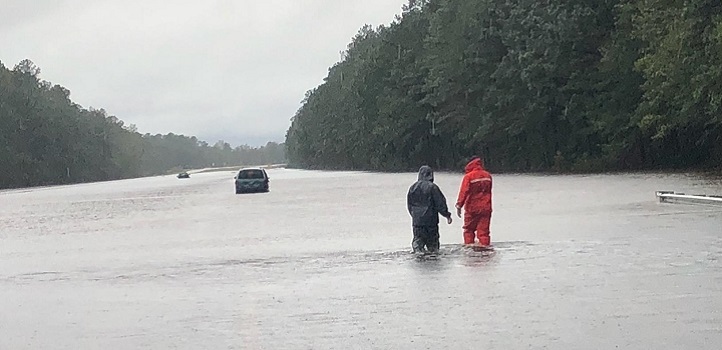
Statistics
A more accurate and efficient method of capturing the local factors that lead to extreme rainfall enables better flood prediction across larger regions.
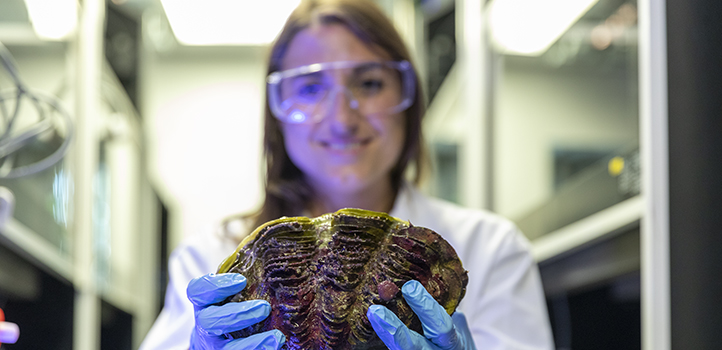
Marine Science
Microplastics in the water column are ingested by clams and become attached to their shells.

Material Science and Engineering
A precise method for stacking semiconductor thin films enhances optoelectronic device performance using quantum effects.

Chemistry
When a thin layer of water is squeezed between two hydrophobic surfaces, the laws of classical physics break down.

Statistics
More accurate detection of hotspot clusters provides new insights into the behavior of air pollution.

Computer Science
Linking disease pathogens to clinical signs and symptoms through a database could support research into the molecular mechanisms of infectious diseases.
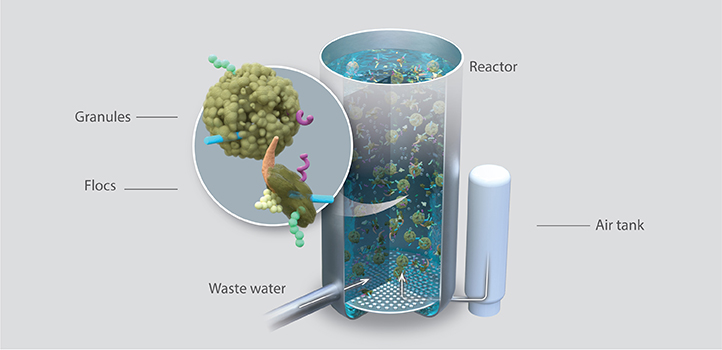
Environmental Science and Engineering
The dynamics behind microbial communities in granular-based wastewater treatment systems.

Plant Science
Cultivated date palms have co-evolved with desert bacteria for so long that their roots attract the microbes that provide the best chance for a long and healthy life.
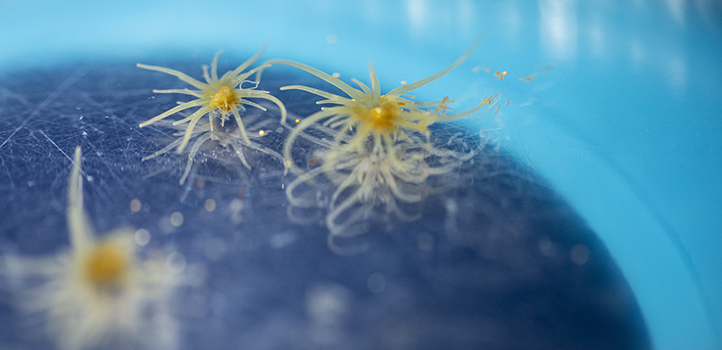
Marine Science
Corals use sugar from their symbiotic algal partners to control them by recycling nitrogen from their own ammonium waste.
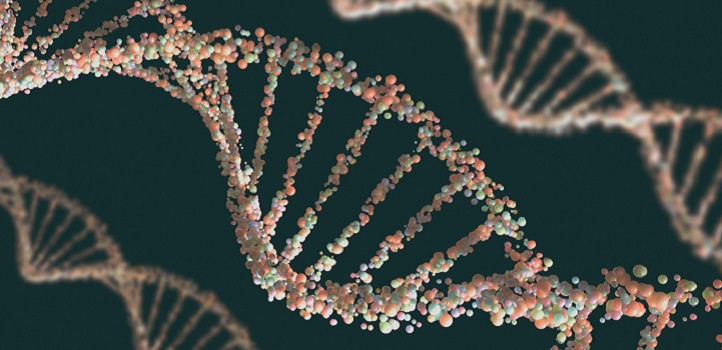
Computer Science
A deep learning model improves the ability to identify genes potentially involved in disease.
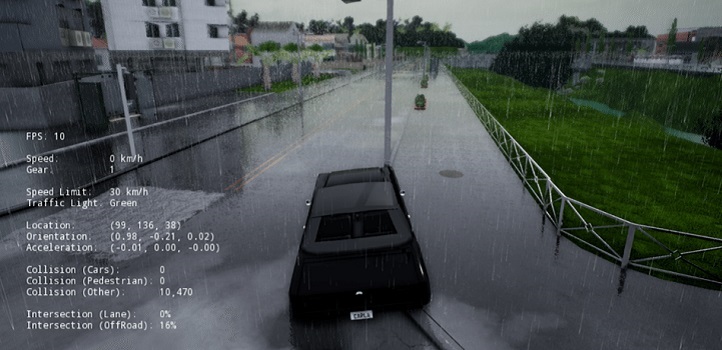
Electrical Engineering
Understanding the situations when artificial intelligence can fail is critical for application of future autonomous vehicles and medical diagnostics.
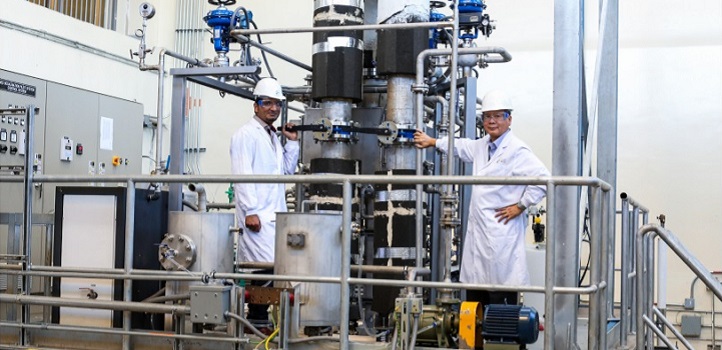
Environmental Science and Engineering
Accounting for the quality of energy needed to run a desalination plant shows benefits of using waste heat.
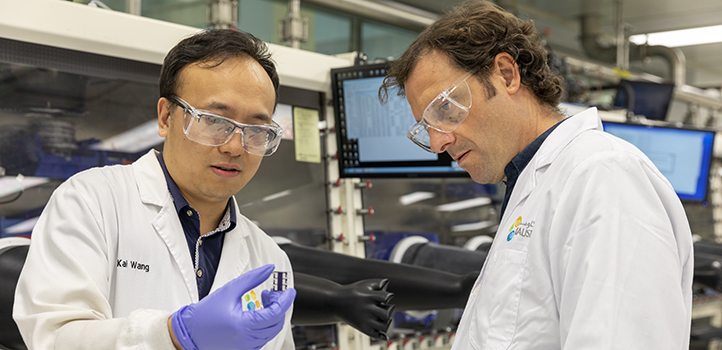
Material Science and Engineering
Changes in composition are shown to affect light-harvesting layer crystallization and perovskite solar cell efficiency.
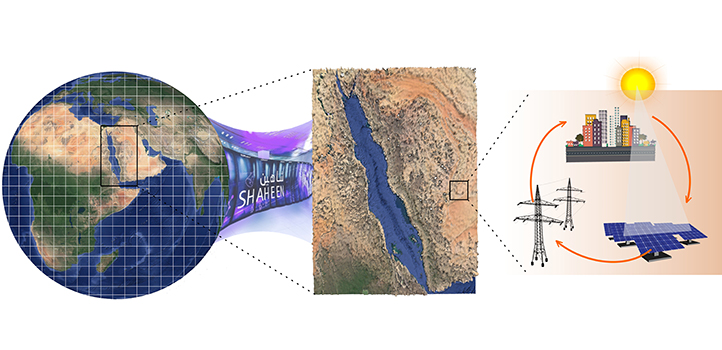
Earth Science and Engineering
Mapping variations in sunlight across the Arabian Peninsula reveals a bright future for solar energy in the region.

Statistics
The spatial variation in different air pollution components helps identify possible targets for pollution control.
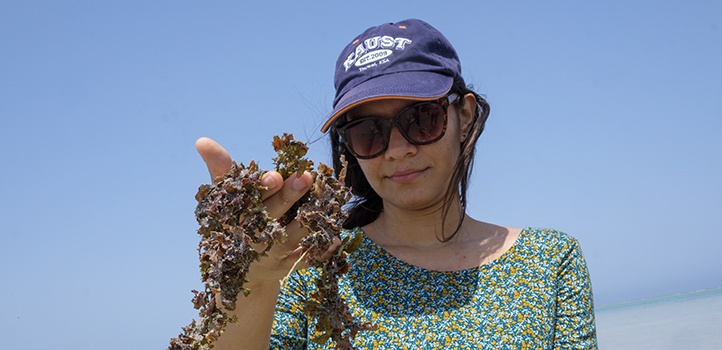
Marine Science
Macroalgae is shown to be a major global contributor to carbon sequestration.

Computer Science
A communications concept could pinpoint a person infected with a deadly, contagious virus in the middle of a crowded airport.
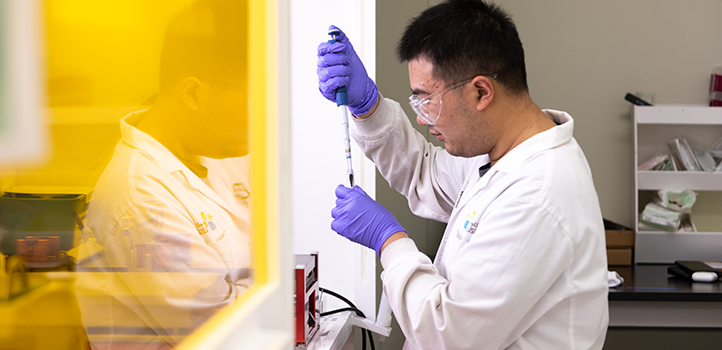
Material Science and Engineering
A three-component light-harvesting layer boosts performance in an organic solar cell.

Electrical Engineering
Overlaying two film layers patterned with a nanoscale array can manipulate the propagation of light to create a powerful ultrathin lens.

Material Science and Engineering
Ruthenium oxide is used to integrate energy-storing microsupercapacitors and thin-film electronics at the transistor level.
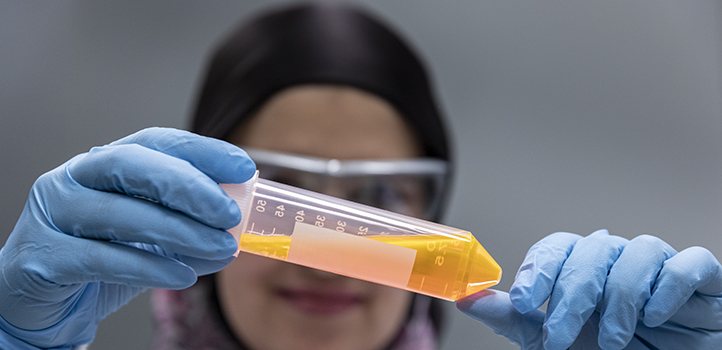
Bioscience
New experimental insights allow researchers to probe protein-DNA interactions with greater precision.

Earth Science and Engineering
Automated imaging of underground salt bodies from seismic data could help streamline oil and gas exploration.

Statistics
Pyramidal graphs resulting from statistical analyses of EEG recordings can improve our understanding of epileptic seizures.

Marine Science
Sediment libraries show marine ecosystems are accumulating oil pollution faster than ever.

Plant Science
New app aims to improve the statistical analysis of large datasets in plant science and beyond.
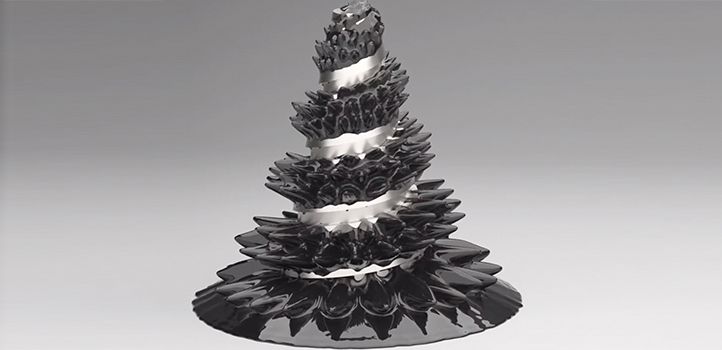
Computer Science
Computer simulation accurately captures the beguiling motion of a liquid magnetic material.

Material Science and Engineering
Record-breaking, high-efficiency single crystals bring perovskite solar cells closer to market.

Environmental Science and Engineering
An integrated system seamlessly harnesses sunlight to cogenerate electricity and fresh water.
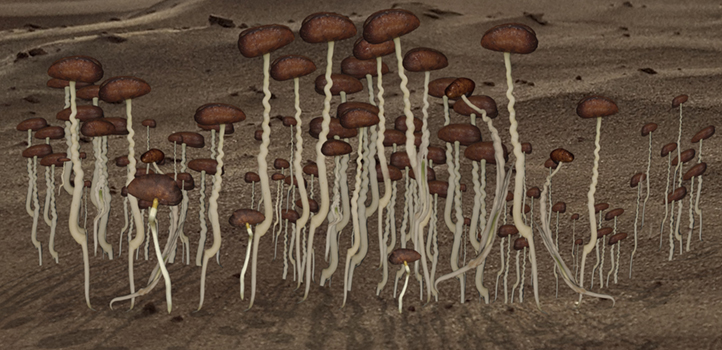
Plant Science
A date palm seedling can pause its development to boost its resilience before emerging into the harsh desert environment.

Computer Science
Gossip is an efficient way to share information across large networks and has unexpected applications in solving other mathematical and machine-learning problems.
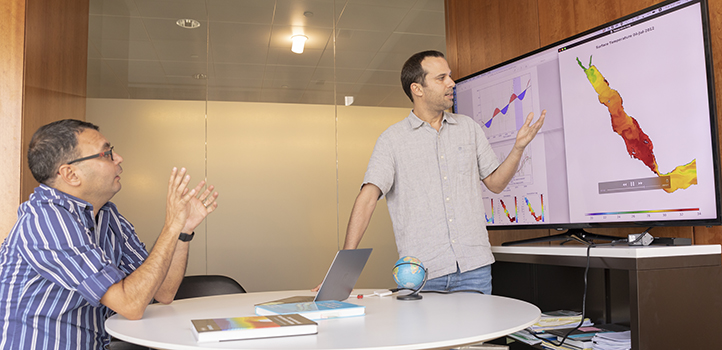
Earth Science and Engineering
Exploring the links between natural climate cycles and the sea-surface temperature of the Red Sea reveals a cooling trend during the next few decades.
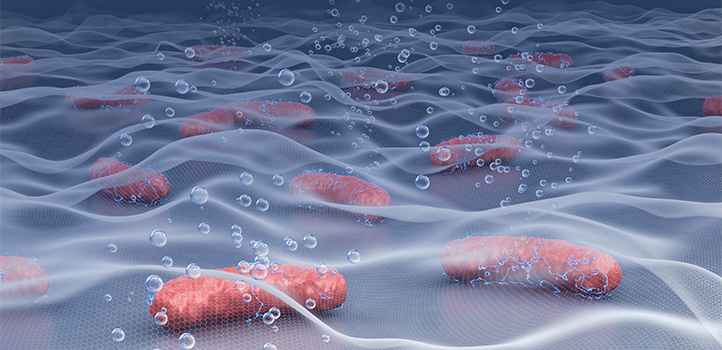
Environmental Science and Engineering
A biohybrid material that combines reduced graphene oxide with bacterial cells offers an eco-friendly option to help store renewable energy.
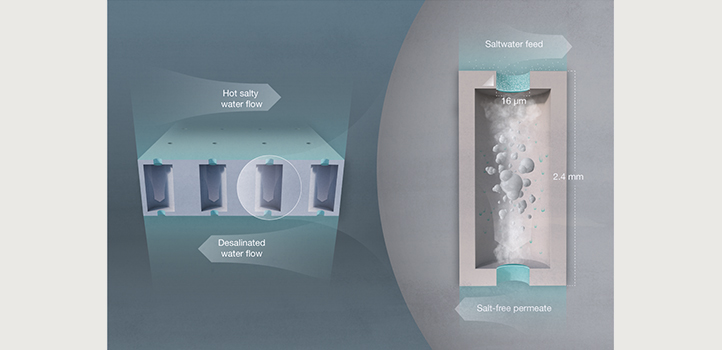
Environmental Science and Engineering
Insect-inspired design principles lead to first-ever water-repellent membranes made from water-wet materials.

Material Science and Engineering
A low-temperature method for making high-performance thermoelectric materials could recapture lost energy.

Computer Science
A universal query engine for big data that works across computing platforms could accelerate analytics research.
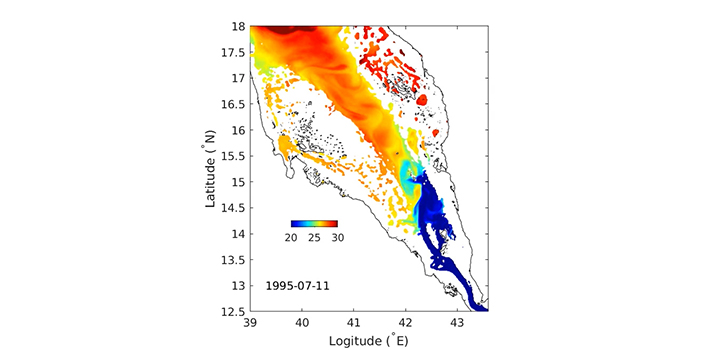
Earth Science and Engineering
Powerful computer simulations are revealing new insights into water exchanges between the Red Sea and the Gulf of Aden.

Plant Science
Accelerating plant evolution with CRISPR paves the way for breeders to engineer new crop varieties.
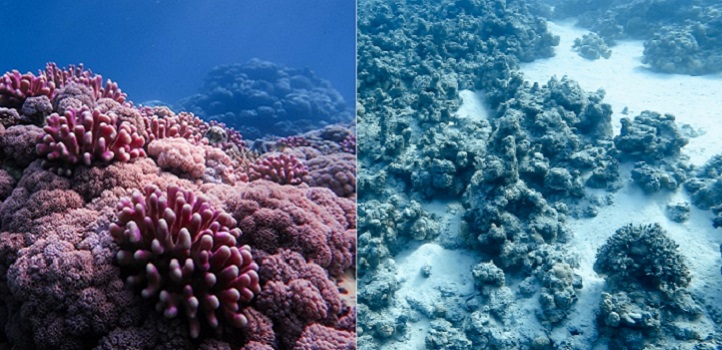
Earth Science and Engineering
A remote sensing algorithm offers better predictions of Red Sea coral bleaching and can be fine tuned for use in other tropical marine ecosystems.

Bioscience
Protein found in gut-dwelling pathogens changes shape under human body temperatures, leading to toxins responsible for diarrheal disease.
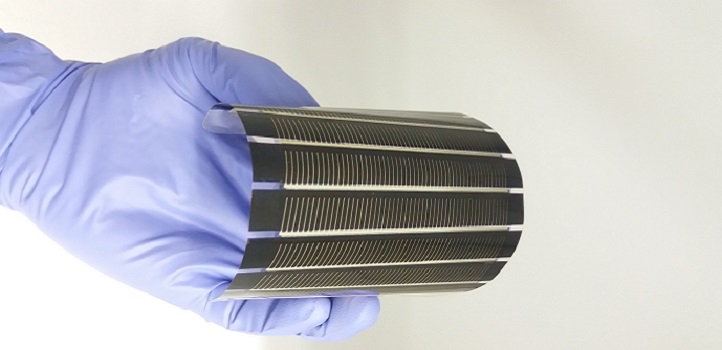
Material Science and Engineering
Simulations unveil efficiency targets and design rules to maximize the conversion of light into electricity using organic solar cells.
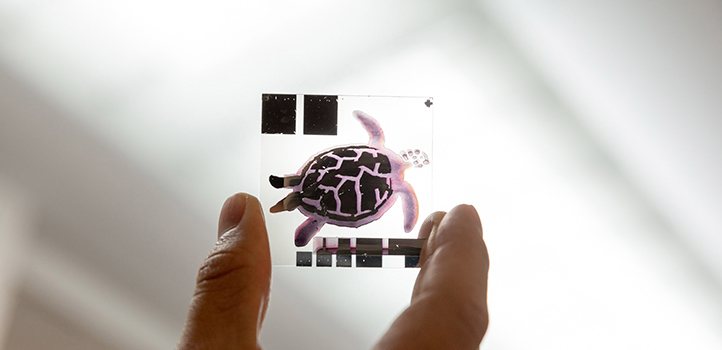
Material Science and Engineering
Inkjet printing could produce high-efficiency organic solar cells with commercial potential.
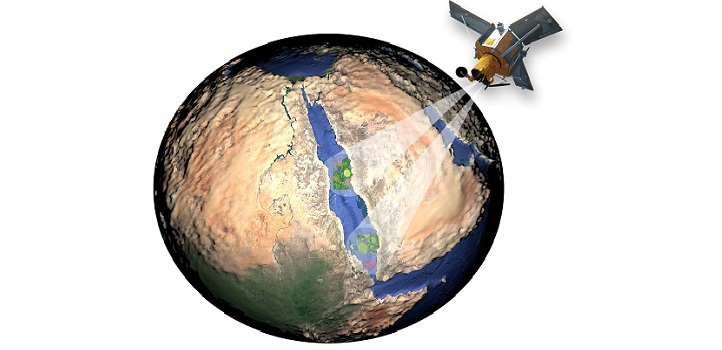
Earth Science and Engineering
Algal blooms in the Red Sea can be detected with a new method that accounts for dust storms and aerosols.

Chemistry
Imaging defects in MOF crystals, and monitoring how they develop, will allow control of defect formation to design better MOFs for many applications.

Material Science and Engineering
Arranging nanowires in bent configurations may make them less likely to fail inside electronic devices.
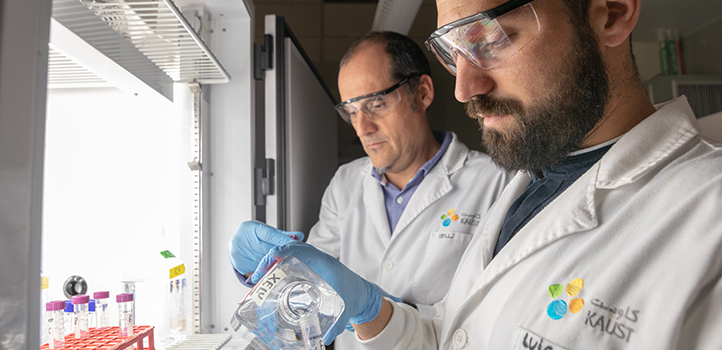
Marine Science
Predation, not resource availability, limits the abundance of coastal Red Sea bacteria.
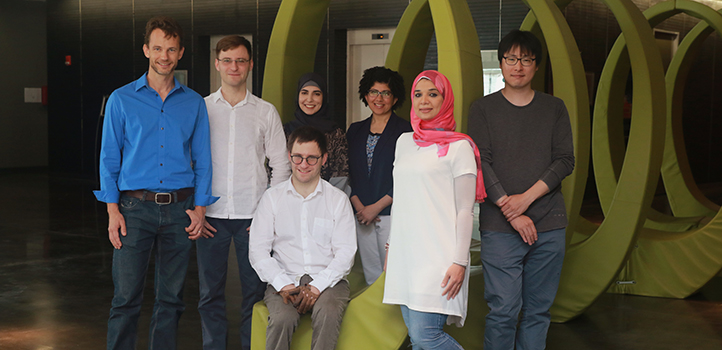
Bioscience
Mutations in a repetitive protein motif are responsible for a rare cognitive disorder.
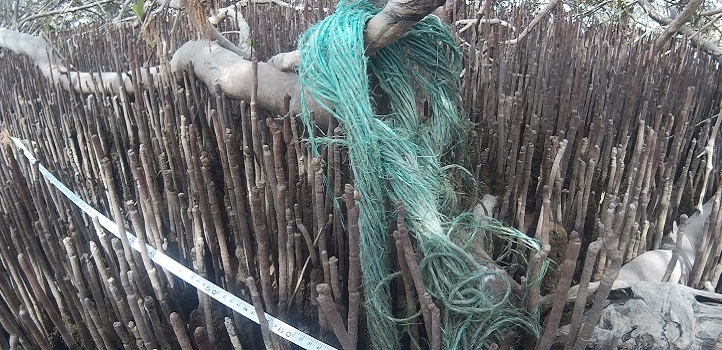
Marine Science
Marine plastic pollution accumulates in mangrove forests and is a danger to sea life.
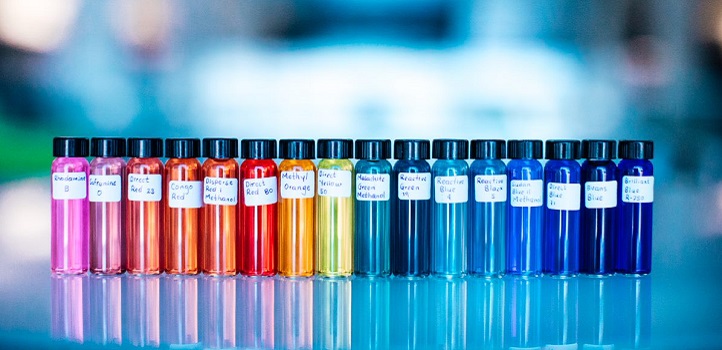
Environmental Science and Engineering
A graphene-oxide membrane design inspired by nature swiftly separates solvent molecules.

Statistics
Automatic detection of uncharacteristic data sequences could change the way data is processed and analyzed.
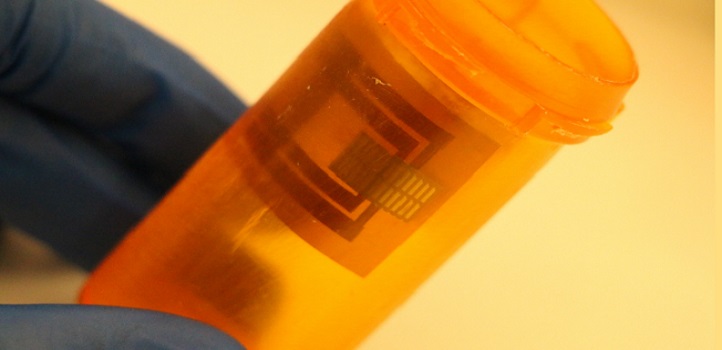
Electrical Engineering
Low-cost, stretchy sensors can be assembled inside the lid of a drug container to help monitor patient safety.
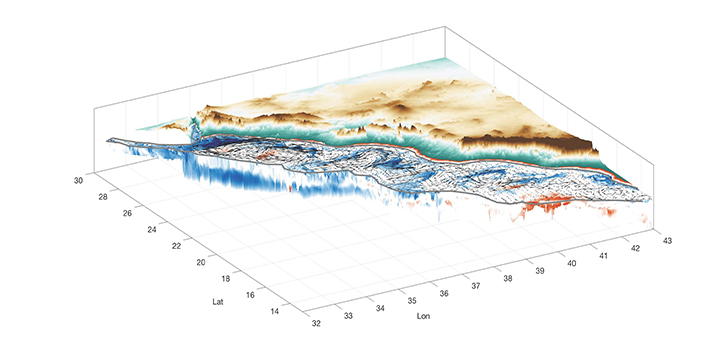
Earth Science and Engineering
Modeling the 3D structure of Red Sea eddies shows how transport of energy and biochemical materials influences circulation patterns in the Red Sea.